Håkan Silfvernagel
Machine learning in the browser with TensorFlowjs
#1about 3 minutes
Understanding the fundamentals of machine learning
Machine learning is defined as pattern recognition in historical data, with supervised learning being a common approach for tasks like prediction and clustering.
#2about 2 minutes
Exploring the TensorFlow library and tensor data structures
TensorFlow is an open-source library that uses tensors, which are multi-dimensional arrays like scalars, vectors, or matrices, to perform computations.
#3about 5 minutes
Loading and visualizing car data with TensorFlow.js
A JSON dataset of car information is loaded and visualized as a scatter plot to identify the negative correlation between horsepower and miles per gallon.
#4about 10 minutes
Building and training a simple sequential model
A sequential model is defined, compiled with an optimizer and loss function, and then trained on normalized and shuffled car data to predict MPG.
#5about 6 minutes
Improving model predictions with additional layers
The initial linear model is improved by adding more dense layers to the neural network, which better captures the non-linear relationship in the data.
#6about 1 minute
Converting and using pre-trained Keras models
Existing models, such as a Keras H5 file, can be converted into the TensorFlow.js layers format using the command-line converter for use in the browser.
#7about 2 minutes
The benefits of running machine learning in the browser
Running machine learning on the client-side eliminates server roundtrips, enhances data privacy, and provides easy access to device sensors like cameras and microphones.
#8about 4 minutes
Building an image classifier with a pre-trained model
A web application is built to classify images by loading a pre-trained MobileNet model that has been converted for TensorFlow.js.
#9about 1 minute
Real-world applications of TensorFlow.js in production
Companies like Uber, Airbnb, and Google's Magenta project use TensorFlow.js for visual debugging, client-side document detection, and music composition.
#10about 2 minutes
Conclusion and further learning resources
Additional resources for learning more about TensorFlow include official documentation, Coursera courses, and the AI 42 online school.
Related jobs
Jobs that call for the skills explored in this talk.
Matching moments
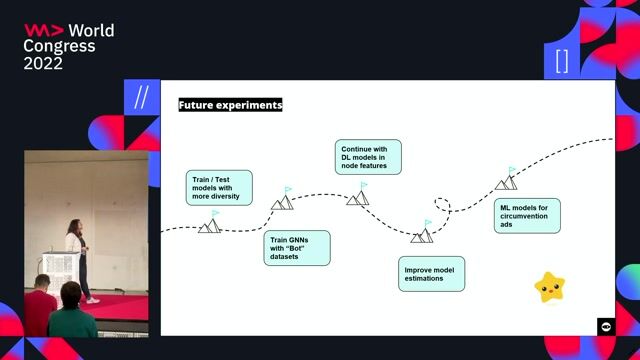
23:20 MIN
Deploying machine learning models in a JavaScript environment
Shoot for the moon - machine learning for automated online ad detection

00:25 MIN
Building a machine learning game with JavaScript
Building Your Own Classification Model with JavaScript - Coffee with Developers - Carly Richmond
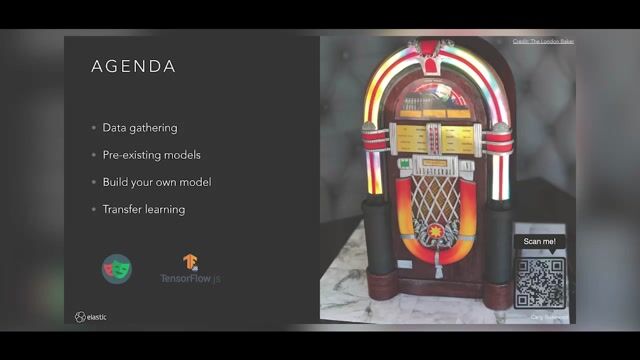
00:29 MIN
The origin of the "Is it Cake?" machine learning project
Mastering Image Classification: A Journey with Cakes
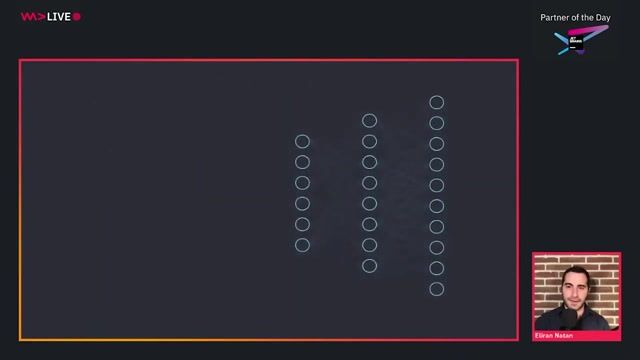
09:21 MIN
Implementing the prediction model with TensorFlow.js
Build UIs that learn - Discover the powerful combination of UI and AI

24:25 MIN
Key takeaways and resources for getting started with TensorFlow.js
Is it (F)ake?! Image Classification with TensorFlow.js
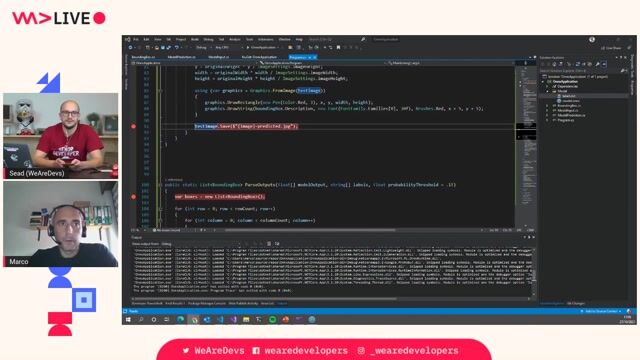
1:03:09 MIN
Q&A on data, learning resources, and algorithms
Machine Learning in ML.NET
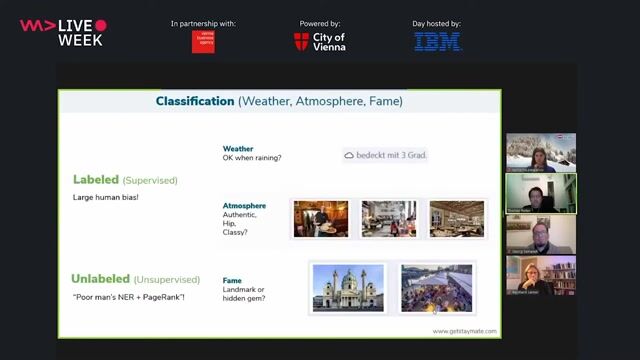
30:28 MIN
Using machine learning to classify touristic data
100 million days in Vienna: A story of APIs & AI in tourism.

03:52 MIN
Real-time face landmark detection with WebGPU
From ML to LLM: On-device AI in the Browser
Featured Partners
Related Videos
 27:23
27:23From ML to LLM: On-device AI in the Browser
Nico Martin
 25:19
25:19Mastering Image Classification: A Journey with Cakes
Carly Richmonds
 57:46
57:46Overview of Machine Learning in Python
Adrian Schmitt
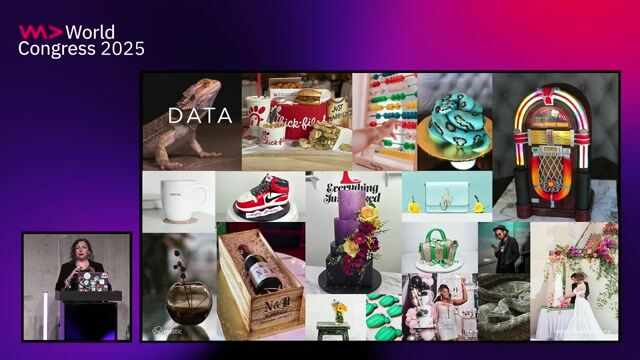 25:43
25:43Is it (F)ake?! Image Classification with TensorFlow.js
Carly Richmond
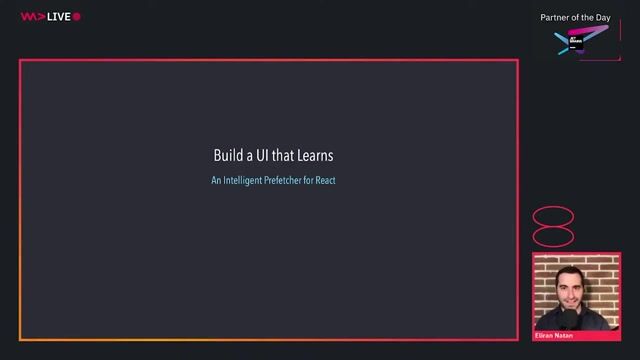 21:35
21:35Build UIs that learn - Discover the powerful combination of UI and AI
Eliran Natan
 33:51
33:51Exploring the Future of Web AI with Google
Thomas Steiner
 53:46
53:46WeAreDevelopers LIVE – AI vs the Web & AI in Browsers
Chris Heilmann, Daniel Cranney & Raymond Camden
 36:29
36:29Building Your Own Classification Model with JavaScript - Coffee with Developers - Carly Richmond
Carly Richmnd
From learning to earning
Jobs that call for the skills explored in this talk.

Working Student | Machine Learning & Computer Vision (ML&CV)
HUBBLR GmbH
GIT
Azure
Python
PyTorch
TensorFlow
+4





Senior AI Software Developer & Mentor
Dynatrace
Linz, Austria
Senior
Java
TypeScript
AI Frameworks
Agile Methodologies


